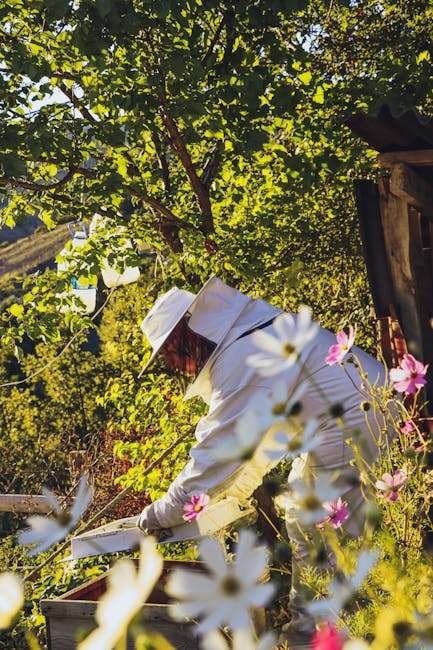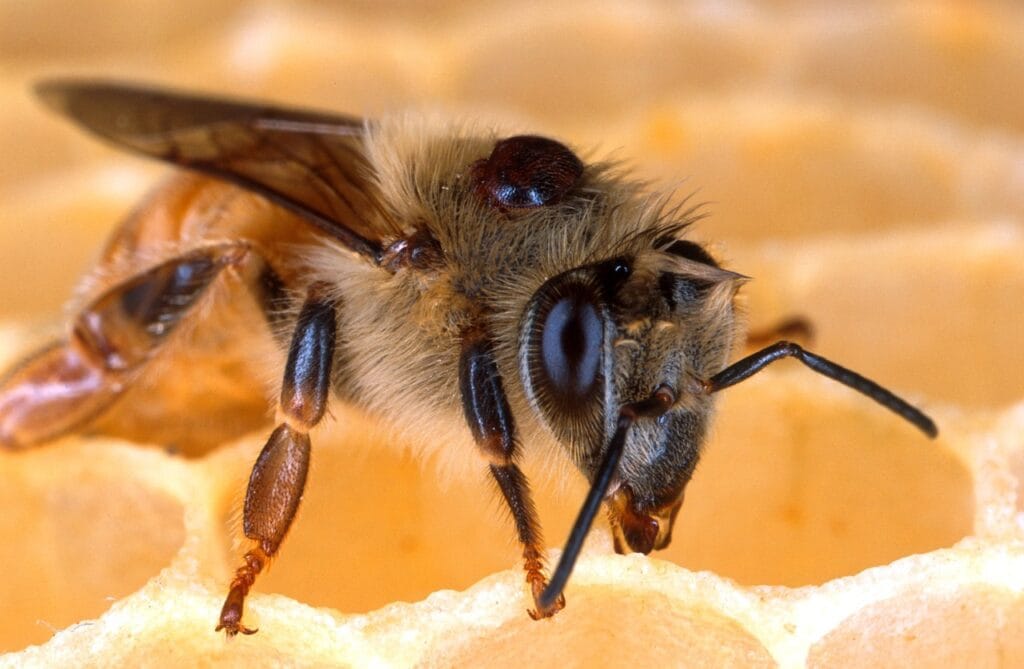Here’s why ventilation is critical when vaporizing oxalic acid inside hives
Ventilation is a critical factor when vaporizing oxalic acid inside beehives because it ensures both the safety of the bees and the effectiveness of the treatment, as well as the safety of the beekeeper:
1. Proper Containment for Efficacy
- When oxalic acid is vaporized (sublimated) inside a hive, it forms a cloud of fine acid crystals that coat all internal surfaces and bees. This contact is what kills Varroa mites[1][2][3].
- Sealing the hive’s entrances and cracks for 10–15 minutes after treatment keeps the vapor inside long enough for the acid to spread fully and settle as a uniform coating[1][2]. Lack of proper containment (ventilation too soon or too much open space) allows the vapor to escape, dramatically reducing treatment effectiveness[1].
2. Controlled Airflow Prevents Harm to Bees
- The hive does not need to be made perfectly airtight; there should still be some airflow so the bees are not suffocated. Overly tight sealing can cause condensation or stress the colony[1][4].
- Controlled ventilation after treatment (by reopening entrances after several minutes) ensures that conditions quickly return to normal for the bees, preventing additional colony stress[1].
3. Beekeeper Safety
- Oxalic acid vapor is highly irritating and dangerous to human lungs and eyes. Adequate ventilation outside the hive ensures that any vapors escaping during or after treatment dissipate quickly, reducing exposure risks to the applicator. Always stand upwind and wear an appropriate respirator, goggles, and gloves[2][1].
4. Hive Design Considerations
- It’s advised to temporarily plug or partially seal screened bottom boards, upper entrances, and any cracks while treating, and reopen them after the vapor has settled to maximize both mite kill and bee safety[1][2].
Summary:
Ventilation must be carefully managed: keep the hive closed for 10–15 minutes so oxalic acid vapor can work at maximum efficiency, but ensure normal airflow resumes soon after to maintain healthy hive conditions for the bees and to protect beekeepers from lingering fumes[1][2][4].
⁂
- https://lopezuribelab.com/oxalic-acid-treatment-protocols/
- https://www.foxhoundbeecompany.com/blogs/beekeeping-equipment/oxalic-acid-vaporization
- https://scientificbeekeeping.com/oxalic-acid-heat-vaporization-and-other-methods-part-2-of-2-parts/
- https://www.oxalika.com/oxalic-acid-sublimation-a-guide-for-beekeepers/?lang=en



